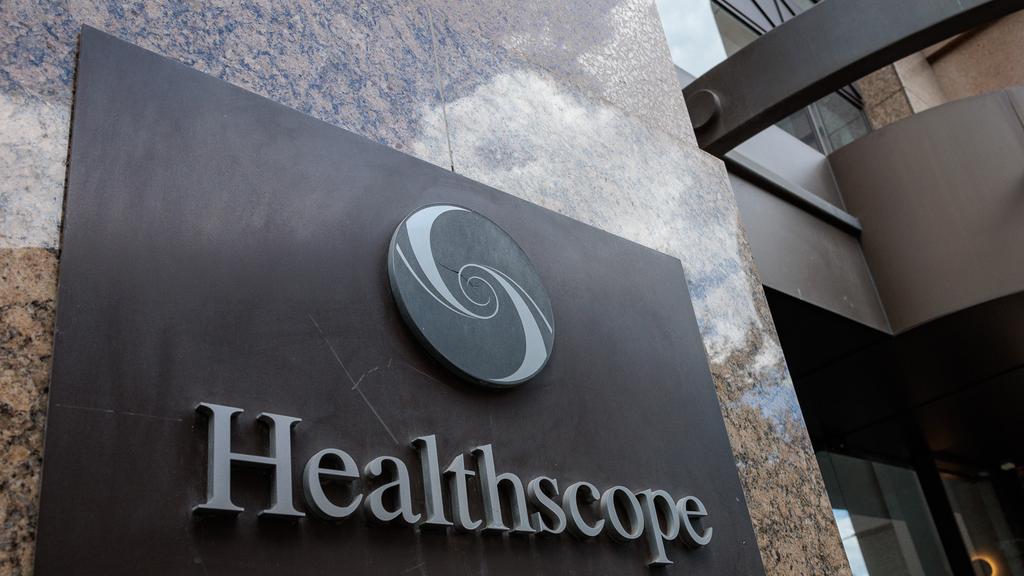Australia’s second-largest private hospital operator, Healthscope, has entered receivership due to an overwhelming debt of $1.6 billion. The company’s lenders have appointed corporate restructuring firm McGrathNicol to oversee the sale of its assets. Despite the financial turmoil, Healthscope assures that its 37 hospitals will continue to operate normally, with no immediate impact on its 19,000 staff or patient care.
Operational Continuity and Financial Support
Healthscope’s management, led by CEO Tino La Spina, remains in place during the receivership. The company has a current cash balance of $110 million and has secured an additional $100 million in funding from the Commonwealth Bank to ensure uninterrupted operations during the transition period
Potential Buyers and Industry Implications
Several entities have expressed interest in acquiring Healthscope’s assets, including Macquarie Group, not-for-profit organizations like Calvary, St John of God, and St Vincent’s, as well as private equity-backed Healthe Care. Ramsay Health Care is also considering selective acquisitions, though regulatory approvals may pose challenges.
The situation has reignited discussions about the role of private equity in public healthcare, with healthcare unions and professional associations emphasizing the need for continued oversight and stability during the transition.
Government Response
The Australian government has ruled out a taxpayer-funded bailout but supports an orderly sale to preserve patient care and jobs. Health Minister Mark Butler affirmed that no taxpayer bailout will occur but expects a smooth transition.
Future Outlook
McGrathNicol aims to transition all hospitals to new ownership smoothly, revealing they had already received 10 indicative purchase offers. The receivership affects holding companies, not the operational entities running hospitals, ensuring that patient care continues without disruption.
As the situation develops, stakeholders across the healthcare sector are closely monitoring the proceedings to ensure that the transition maintains the quality and accessibility of healthcare services in Australia.

